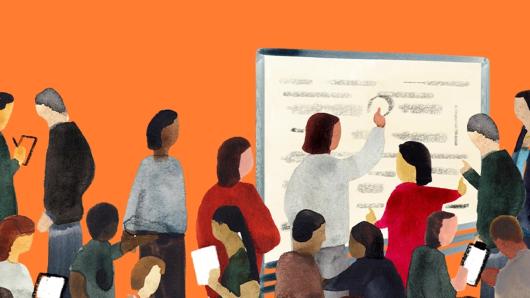Make Better Decisions: The Psychology of Blind Spots for Leaders and Teams - May 2025

- Introductory

Achieve an understanding of bias through scientific evidence in the fields of experimental psychology, neuroscience, behavioral economics, and sociology.
Recognize the influence of hidden bias in the workplace.
Identify the situations in which bias arises in daily work-related processes.
Grasp how hidden bias leads to inaccurate conclusions and decisions that are in opposition to your personal and professional goals.
Do we really understand what goes into our decision-making process at the office and at home?
The last fifty years of research in experimental psychology has shown that we may not understand our minds as well as we think we do; however, we can reveal a world of hidden thoughts that shape our decisions.
Developed and taught by Harvard Professor Mahzarin Banaji, this course begins with the premise that all human minds contain blind spots due to hidden bias. The first step to recognizing the impact of bias and making better decisions at work is a willingness to examine your own thoughts and behaviors with scientific curiosity.
In this interactive course, you will experience the way your mind works, how it influences your decisions, and how you can outsmart it to overcome bias.